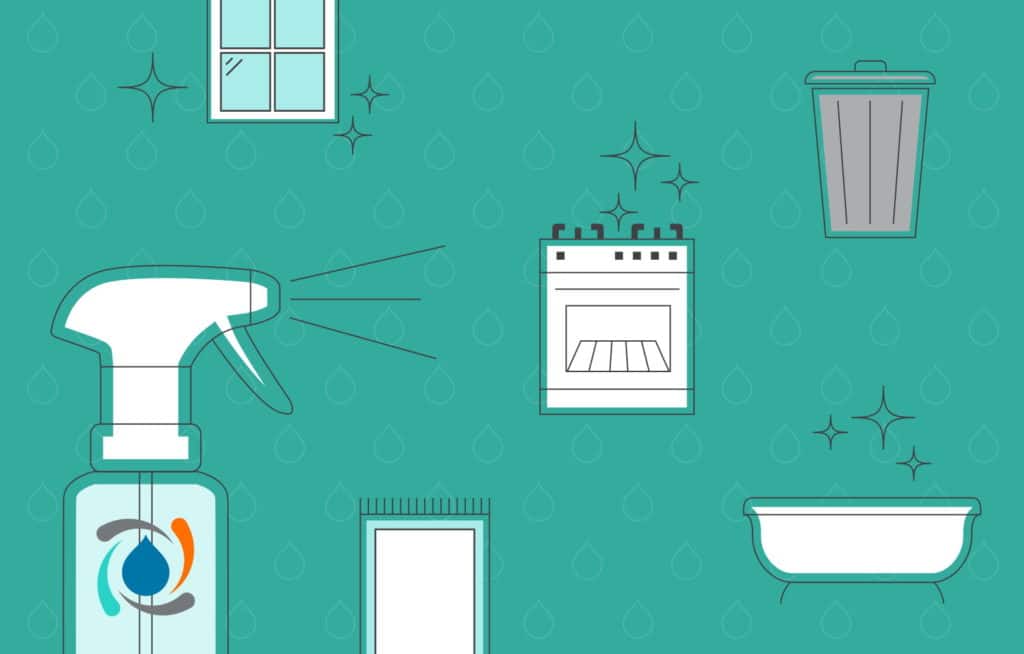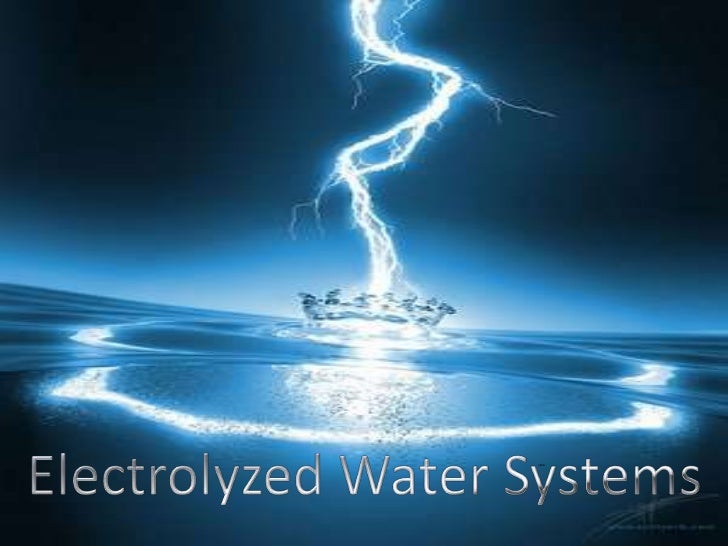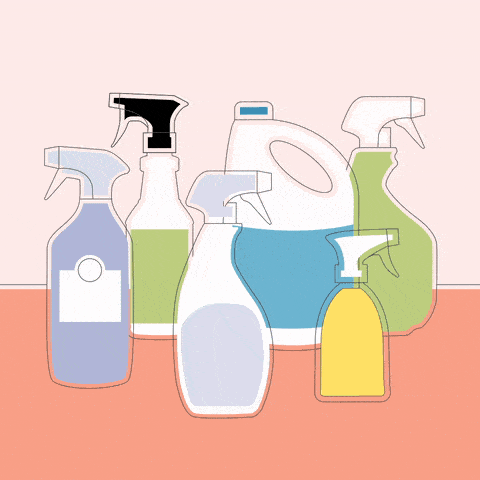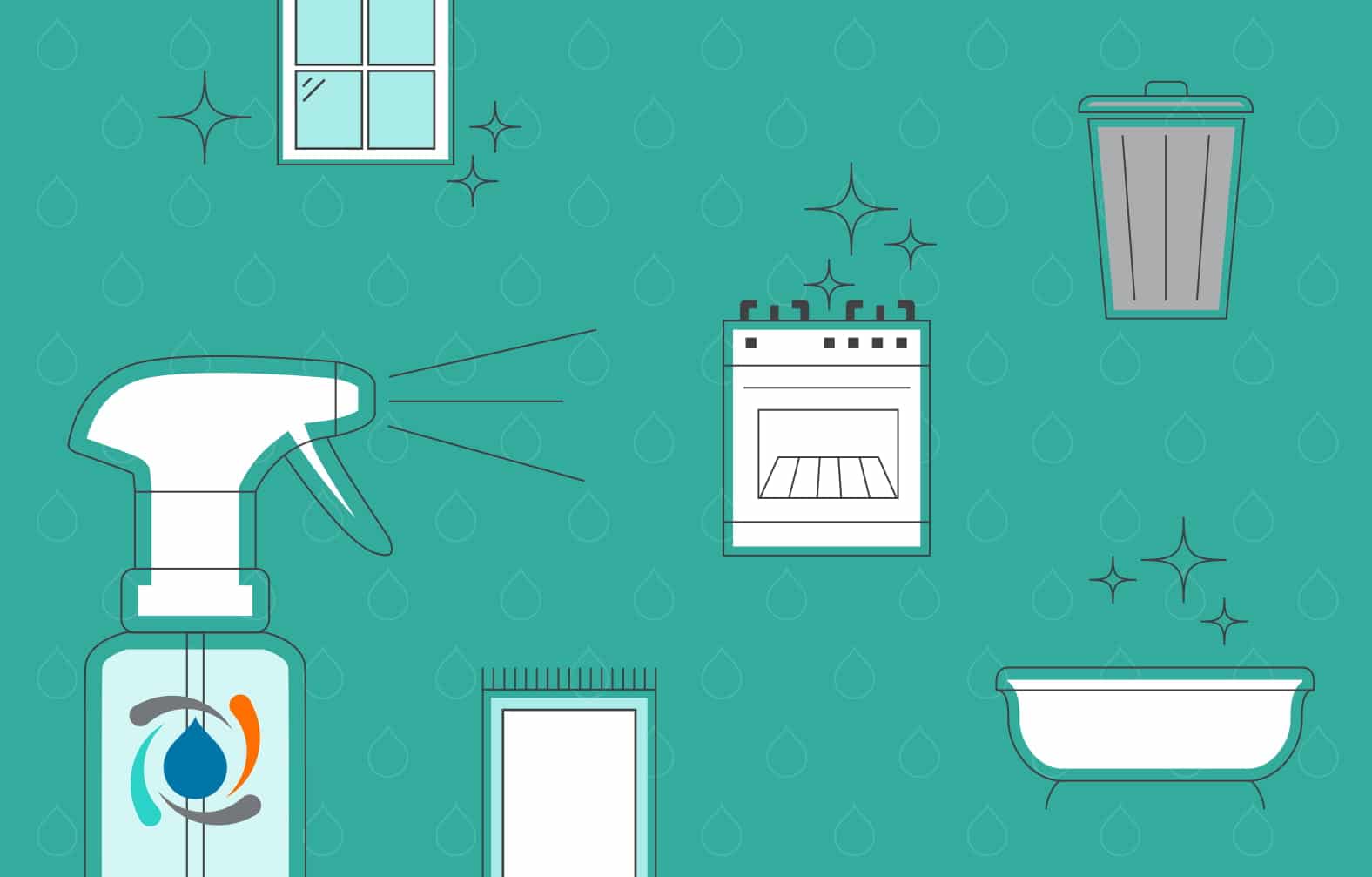Electrolyzed water system
Table of Contents
Table of Contents
Are you tired of scrubbing your oriental rug with harsh chemicals and not getting the results you want? Have you heard about Electrolyzed water cleaning oriental rug cleaning, but don’t know much about it? Keep reading to learn more about this innovative cleaning technology.
Pain Points
Cleaning oriental rugs can be a challenging task. Traditional cleaning methods often involve harsh chemicals that can damage the fibers, fade the colors, and leave behind a residue. These chemicals can also be harmful to the environment and your health. Additionally, oriental rugs are often valuable and sentimental, making it even more important to use a safe and effective cleaning method.
Answering the Target
Electrolyzed water cleaning oriental rug cleaning is a process that uses electrolyzed water to clean and disinfect without the use of harsh chemicals. Electrolyzed water is produced by passing an electrical current through a solution of water and salt. This creates two separate and powerful solutions: Hypochlorous Acid and Sodium Hydroxide. Hypochlorous Acid is a strong disinfectant with antimicrobial properties, making it an effective cleaner for oriental rugs. Sodium Hydroxide is a powerful degreaser that can help remove dirt and stains.
Summary
Electrolyzed water cleaning oriental rug cleaning is a safe and effective alternative to traditional cleaning methods. It uses electrolyzed water to disinfect and clean oriental rugs without the use of harsh chemicals. Hypochlorous Acid and Sodium Hydroxide are produced through a process of electrolysis and work together to remove dirt, stains, and bacteria.
Personal Experience
As someone who owns several oriental rugs, I was hesitant to try a new cleaning method. However, after researching the benefits of electrolyzed water cleaning, I decided to give it a try. Not only were my rugs cleaned safely and effectively, but the colors were brighter and the fibers felt softer. I was amazed at the difference it made and now use electrolyzed water cleaning for all my rug cleaning needs.

How It Works
To produce electrolyzed water, a small device is used to pass an electric current through a solution of water and salt. The resulting solution contains two separate solutions: Hypochlorous Acid and Sodium Hydroxide. When applied to an oriental rug, Hypochlorous Acid disinfects and kills bacteria, while Sodium Hydroxide breaks down dirt and stains. The solution is then vacuumed away, leaving a clean and residue-free rug behind.

Benefits
Electrolyzed water cleaning oriental rug cleaning has several benefits, including:
- Safe and effective cleaning without the use of harsh chemicals
- Cleans and disinfects oriental rugs without damaging the fibers or colors
- Environmentally friendly- no harmful chemicals are used
- Can be used on a variety of surfaces, including floors, countertops, and upholstery
Cost
The cost of electrolyzed water cleaning oriental rug cleaning depends on the size and condition of the rug, as well as the company you choose. However, many companies offer competitive pricing and the cost is often comparable to traditional cleaning methods.
FAQ
Here are some frequently asked questions about Electrolyzed water cleaning oriental rug cleaning:
1. Is electrolyzed water safe for my oriental rug?
Yes, electrolyzed water is safe for oriental rugs. It does not contain any harsh chemicals that can damage the fibers or colors. It is also environmentally friendly and safe for pets and children.
2. How long does the process take?
The process of electrolyzed water cleaning oriental rug cleaning takes anywhere from 1-2 hours depending on the size of the rug and the level of cleaning required.
3. How often should I have my oriental rug cleaned?
It is recommended that you have your oriental rug cleaned every 12-18 months. However, if your rug experiences heavy foot traffic or is in a high-use area, it may need to be cleaned more frequently.
4. How long does it take for my rug to dry?
The drying time for electrolyzed water cleaning oriental rug cleaning depends on the size of the rug and the humidity levels in your home. Generally, it takes 2-6 hours for the rug to dry completely.
Conclusion of Electrolyzed water cleaning oriental rug cleaning
Electrolyzed water cleaning oriental rug cleaning is a safe and effective alternative to traditional cleaning methods. By using electrolysis to produce Hypochlorous Acid and Sodium Hydroxide, oriental rugs can be cleaned and disinfected without the use of harsh chemicals. It is a environmentally friendly and safe option for those looking to clean and preserve their valuable oriental rugs.
Gallery
Water Sanitizer A Safer Solution For Cleaning Kills Bacteria Naturally

Photo Credit by: bing.com / water solution electrolyzed cleaning sanitizing process sanitizer eo safer natural eow activated naturally kills bacteria hospitals retail hotels food great
Hypochlorous Acid AKA Electrolyzed Water— Could Be Positioned To Upend

Photo Credit by: bing.com / electrolyzed hypochlorous ions disinfectant grower passed surface disrupt disinfectants makers upend positioned aka
Electrolyzed Water For Cleaning & Disinfecting: How It Works - Force Of

Photo Credit by: bing.com / electrolyzed disinfecting forceofnatureclean
Electrolyzed Water System

Photo Credit by: bing.com / water electrolyzed system slideshare
Introducing: The Bathroom Assistant—A Simple Device That Automates

Photo Credit by: bing.com /




